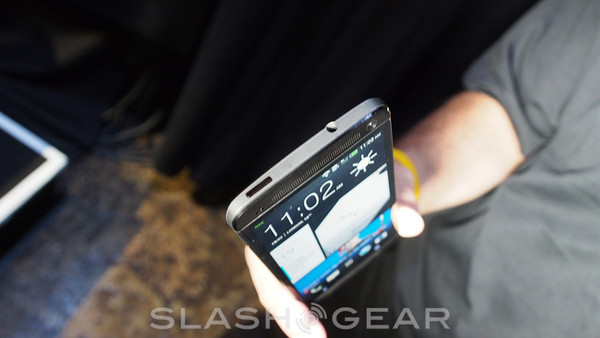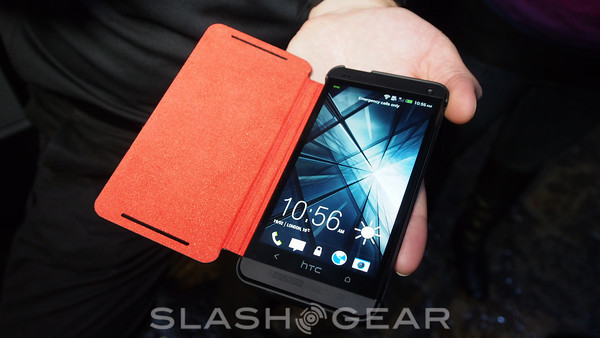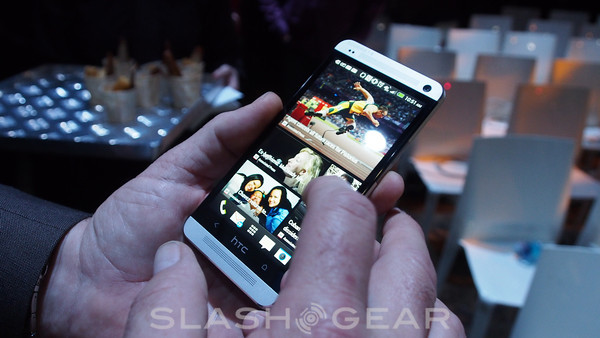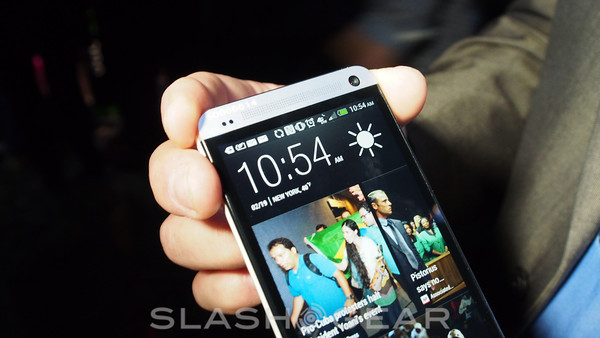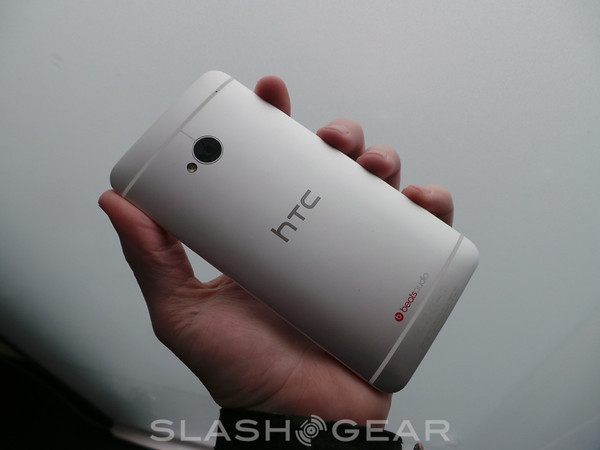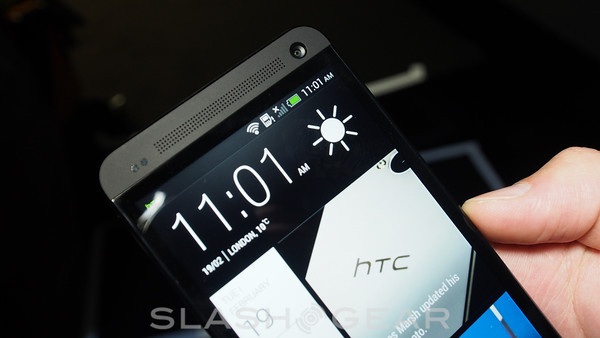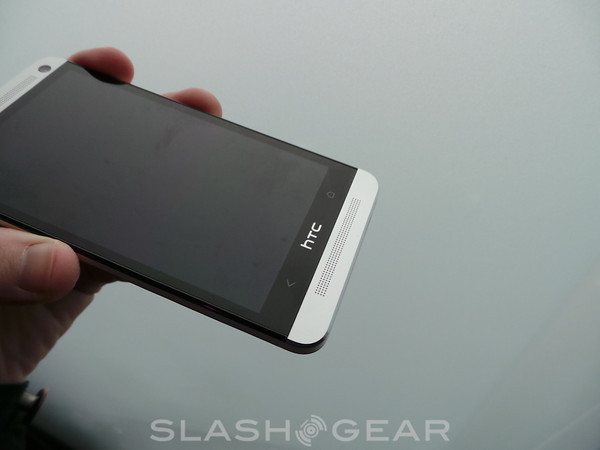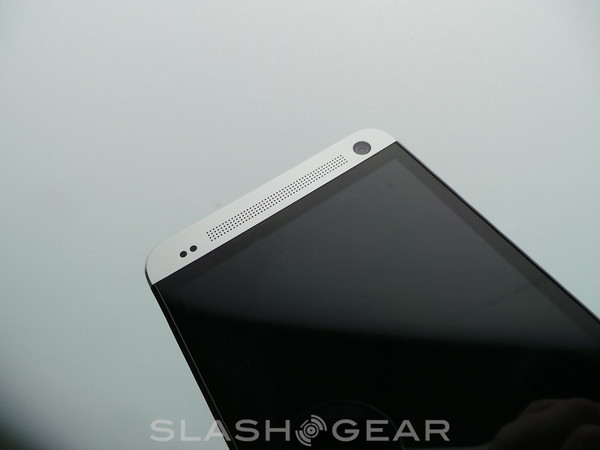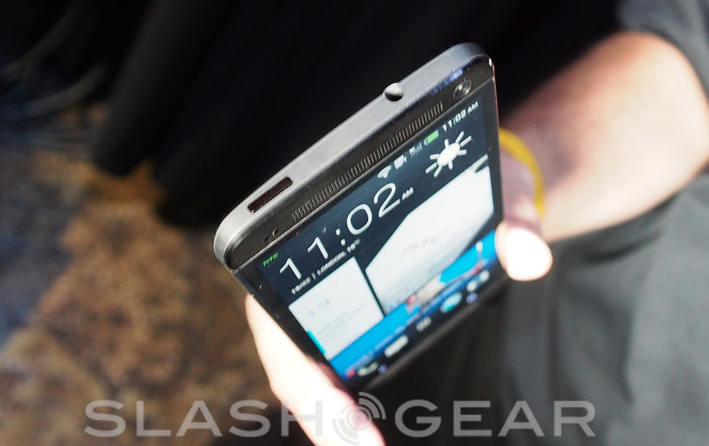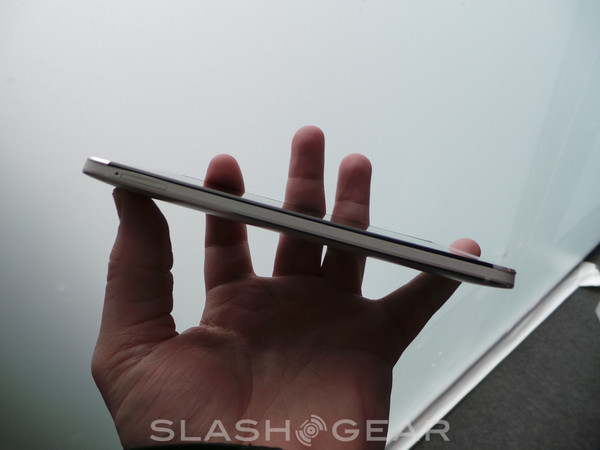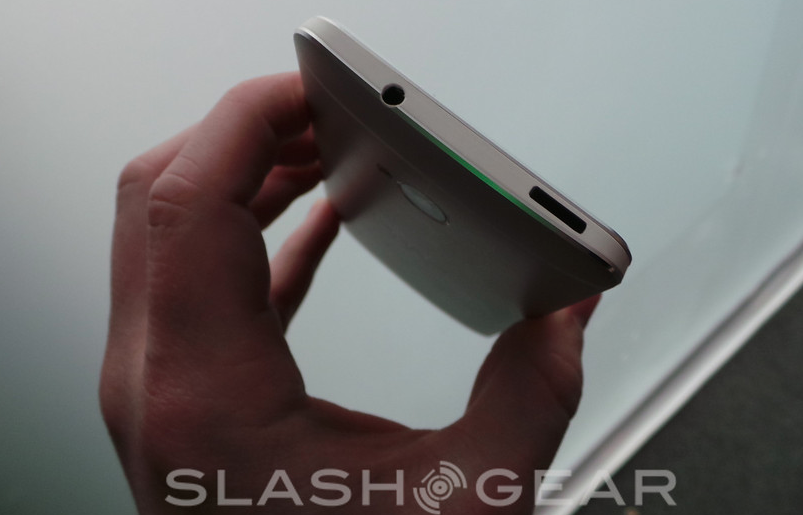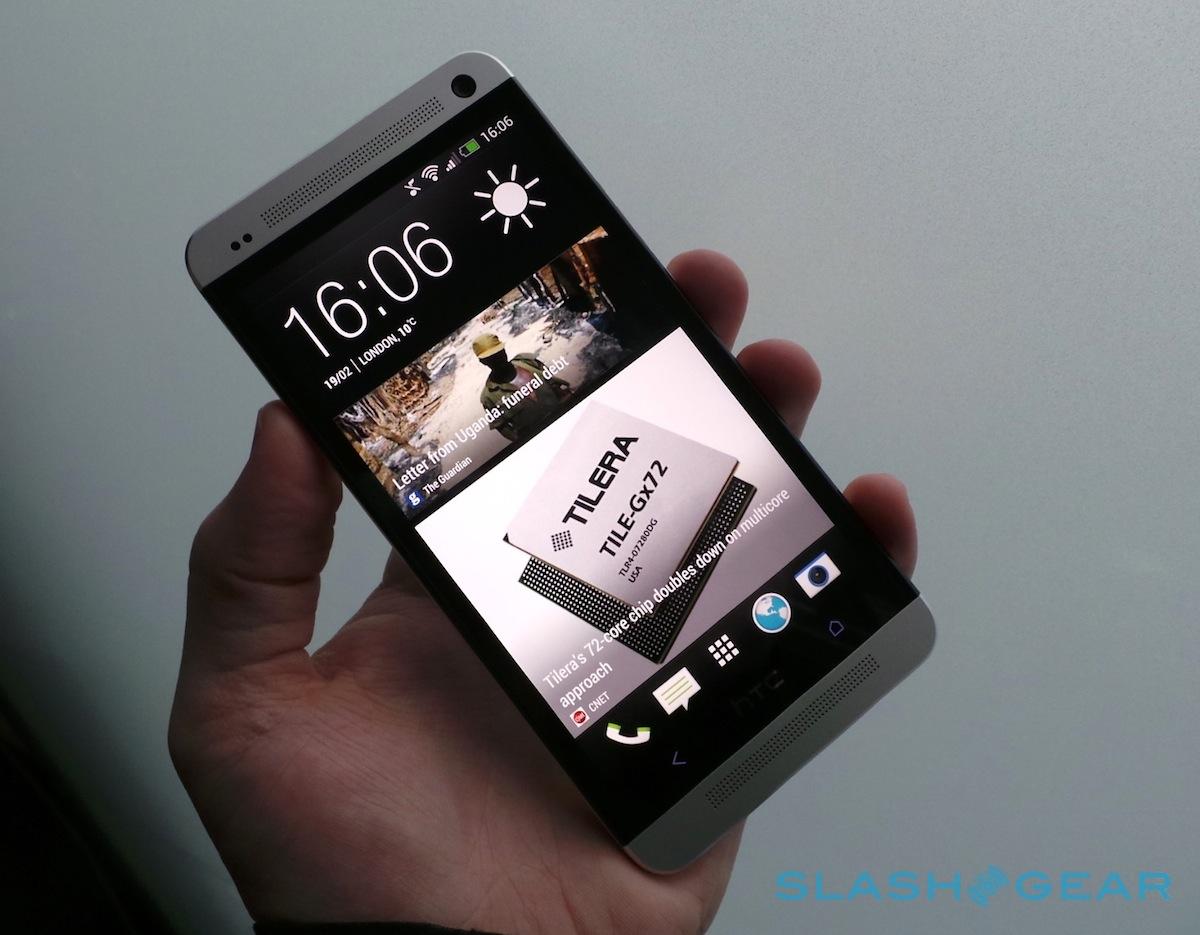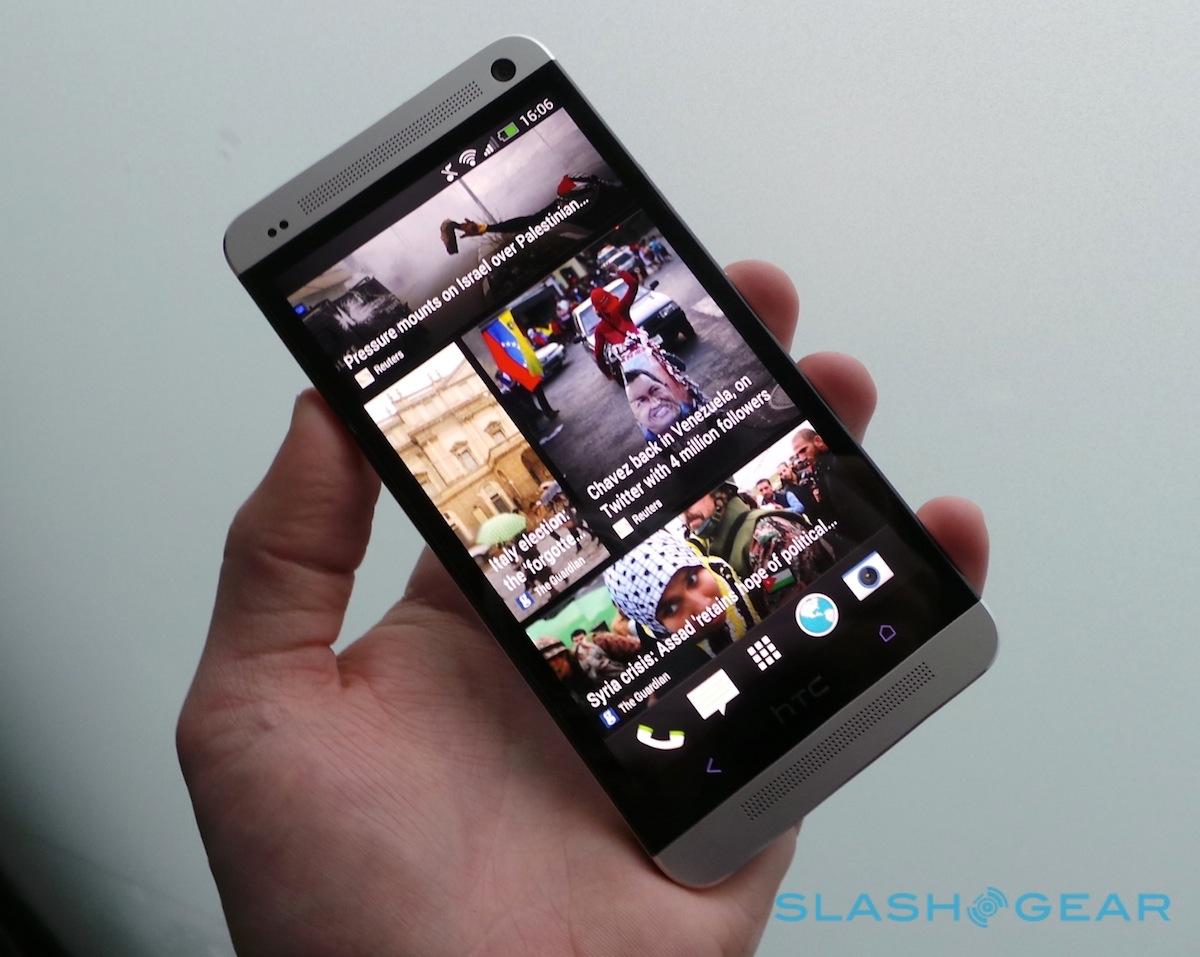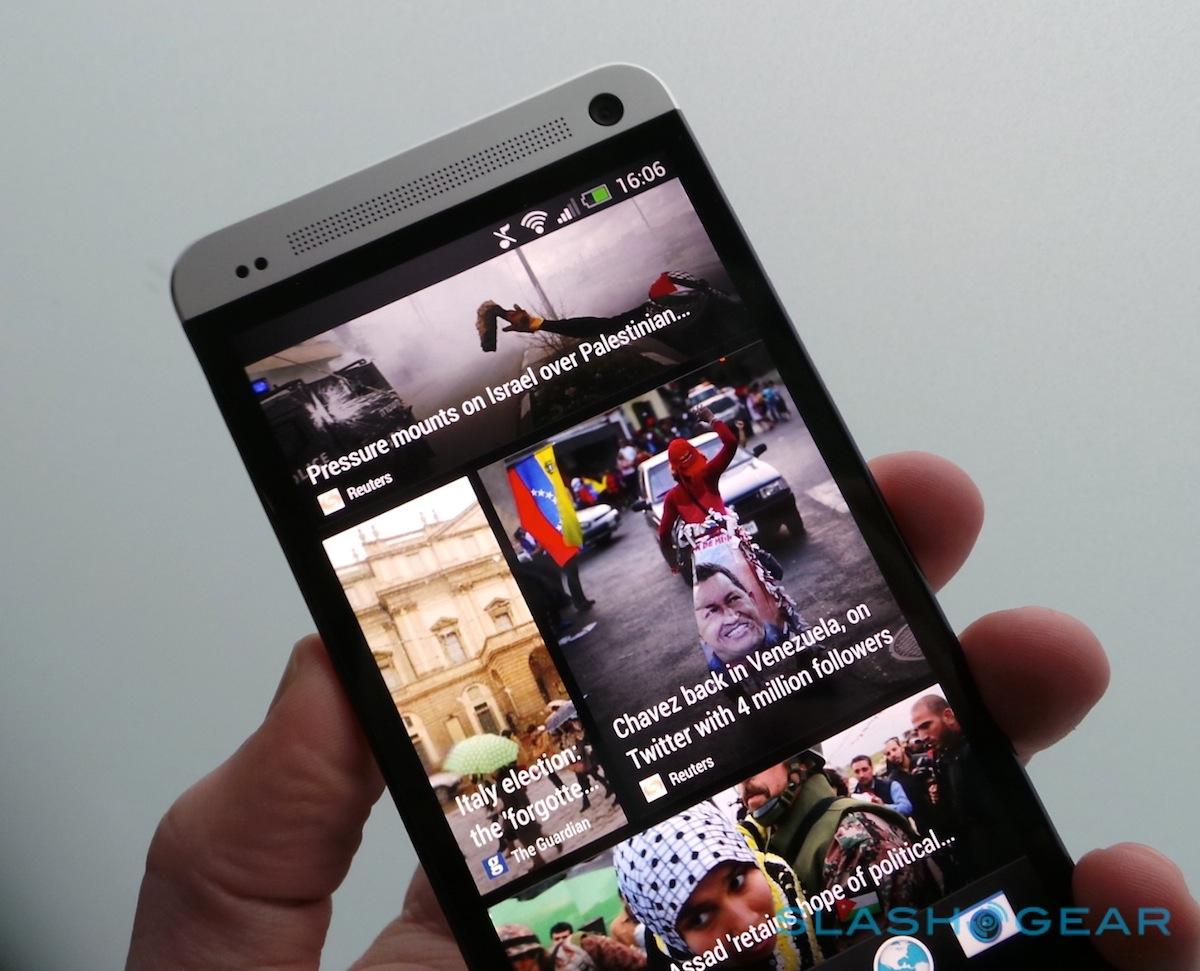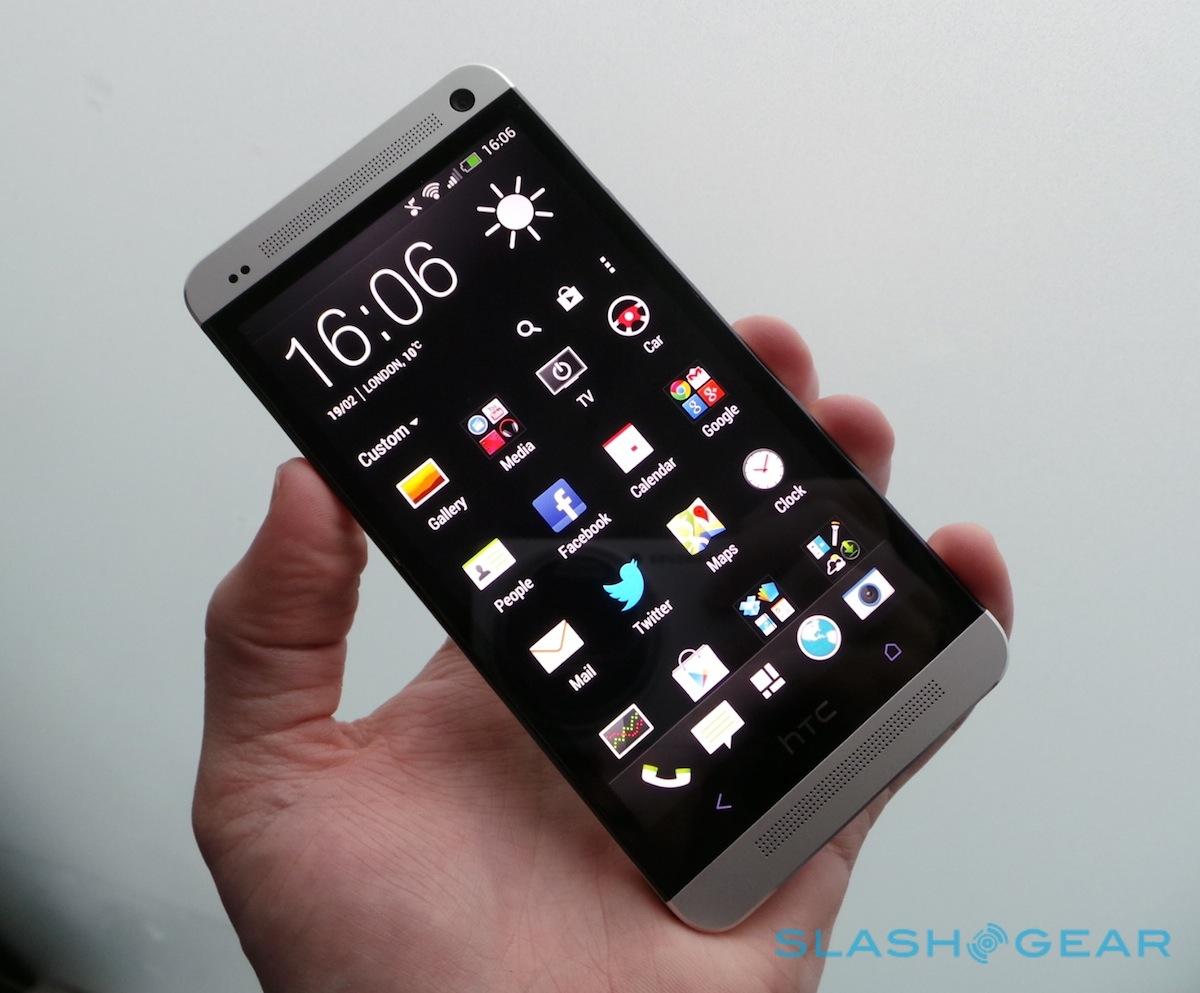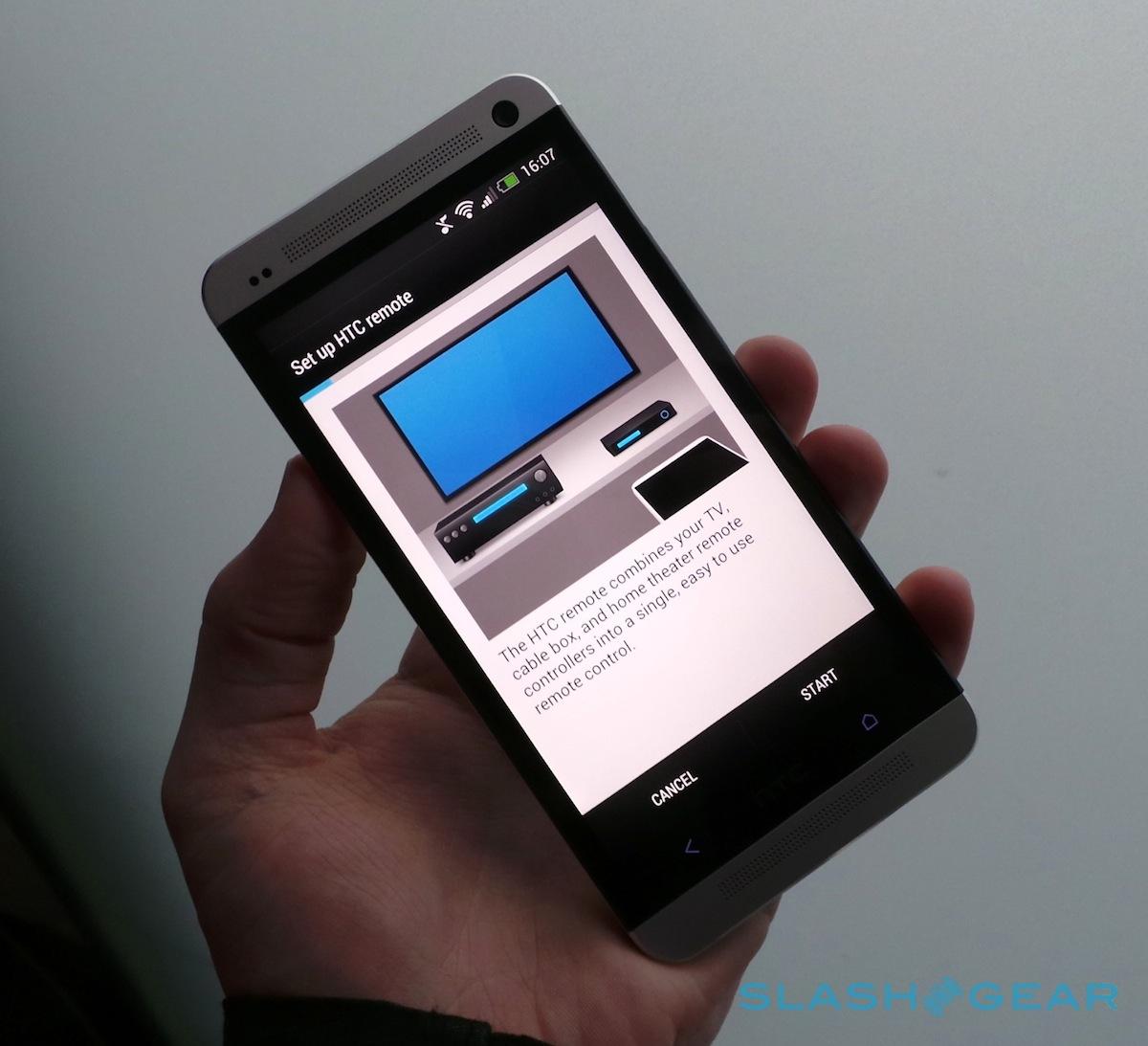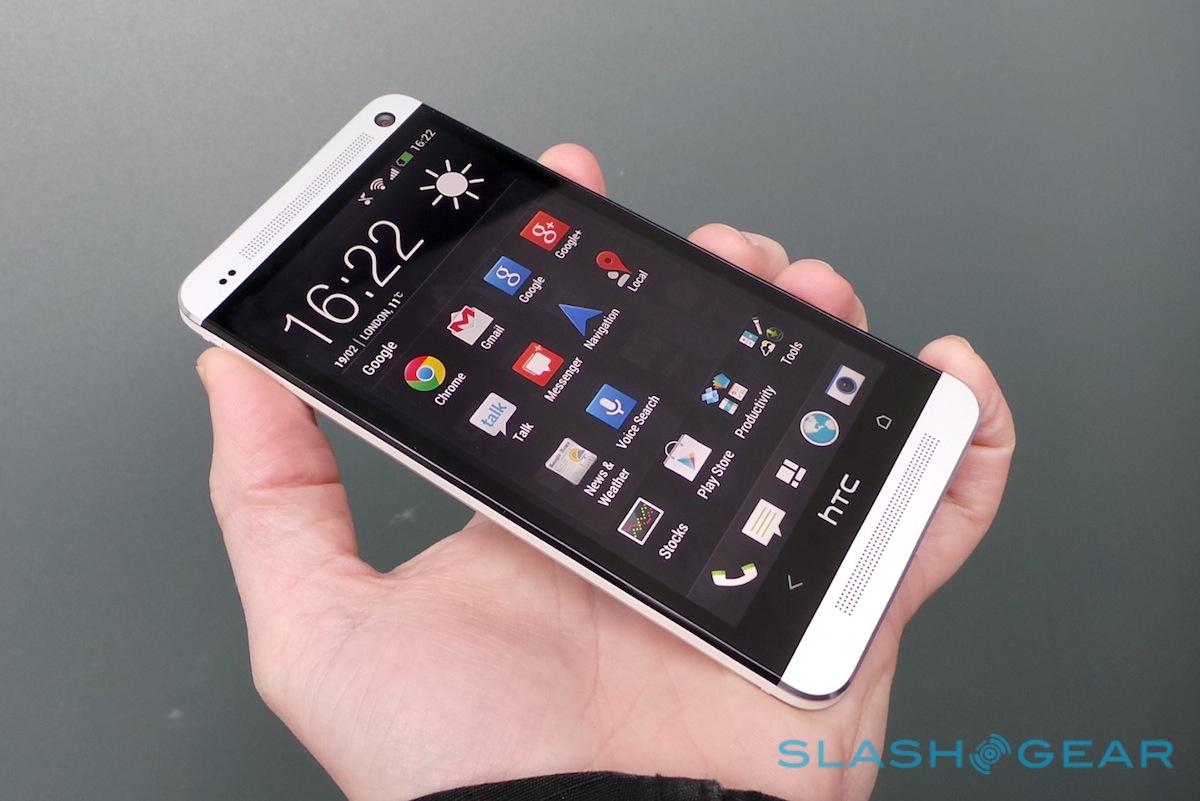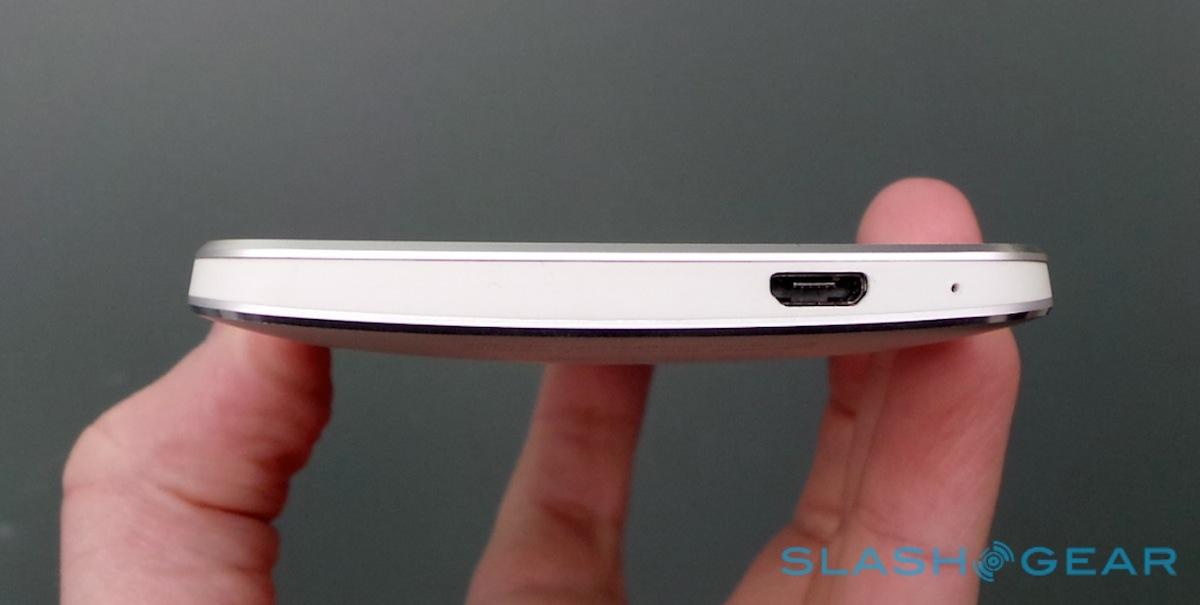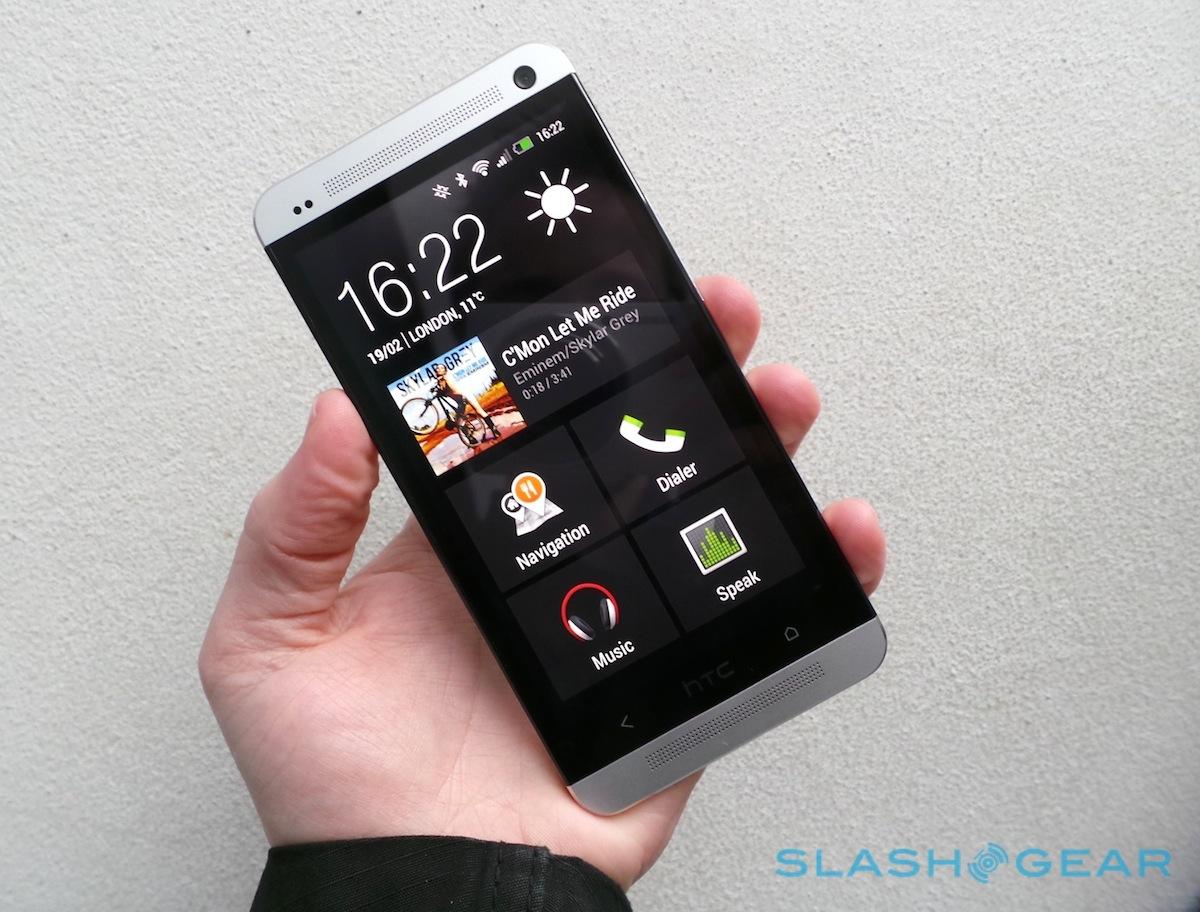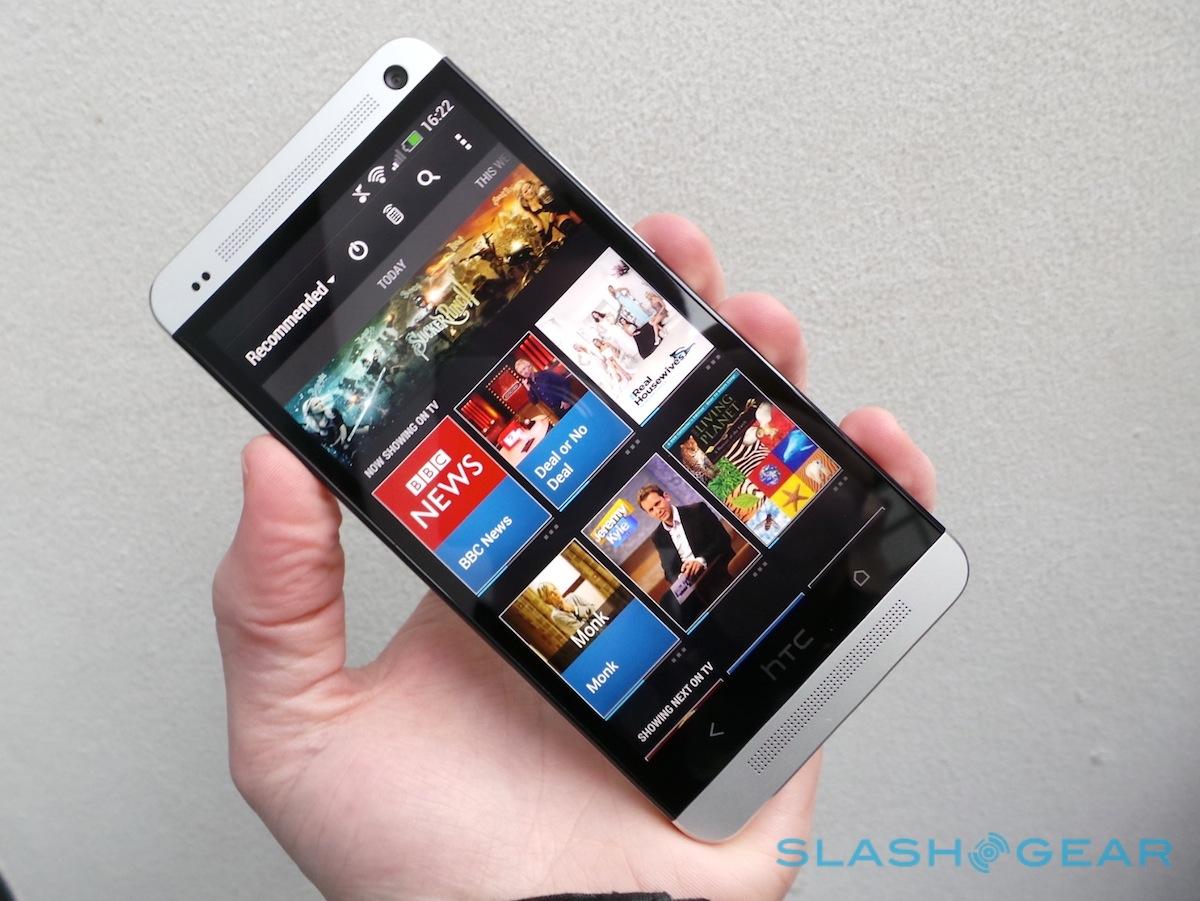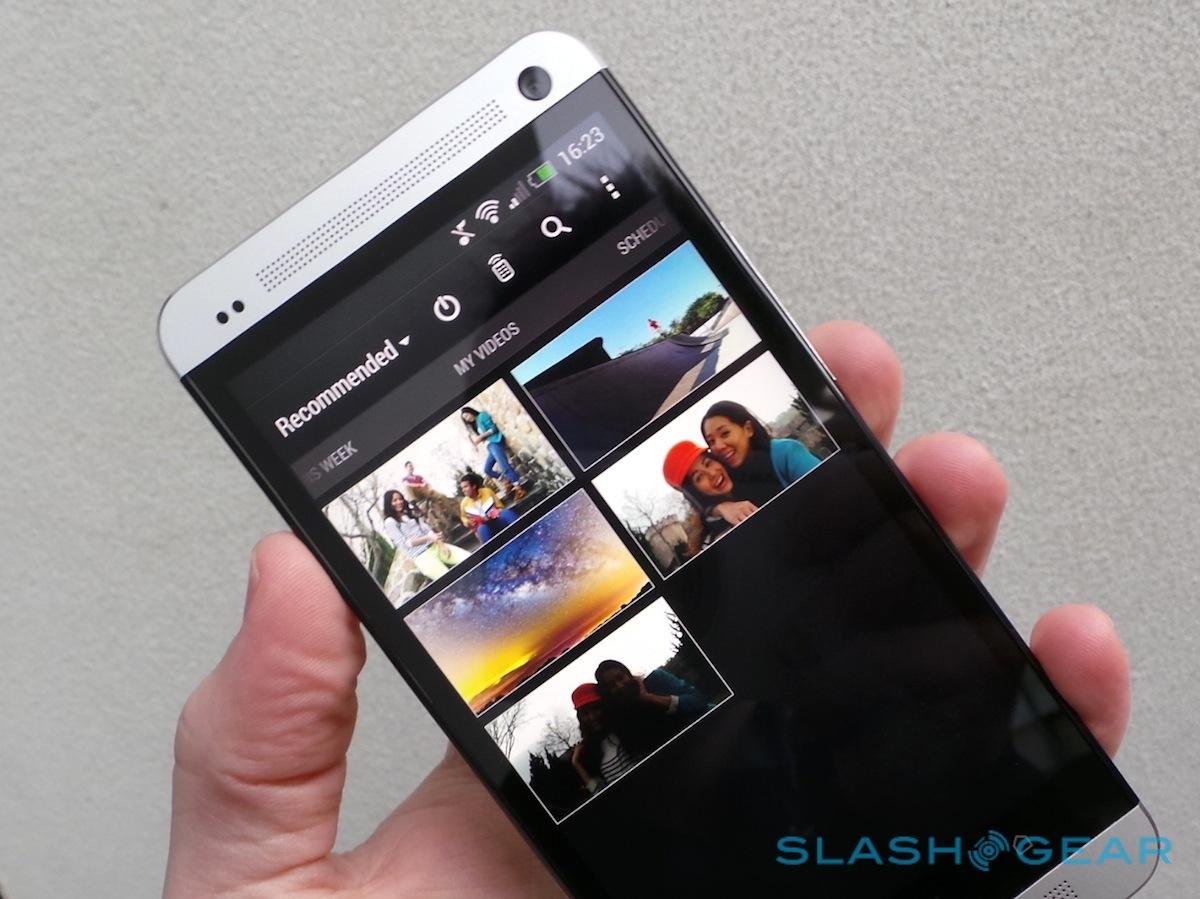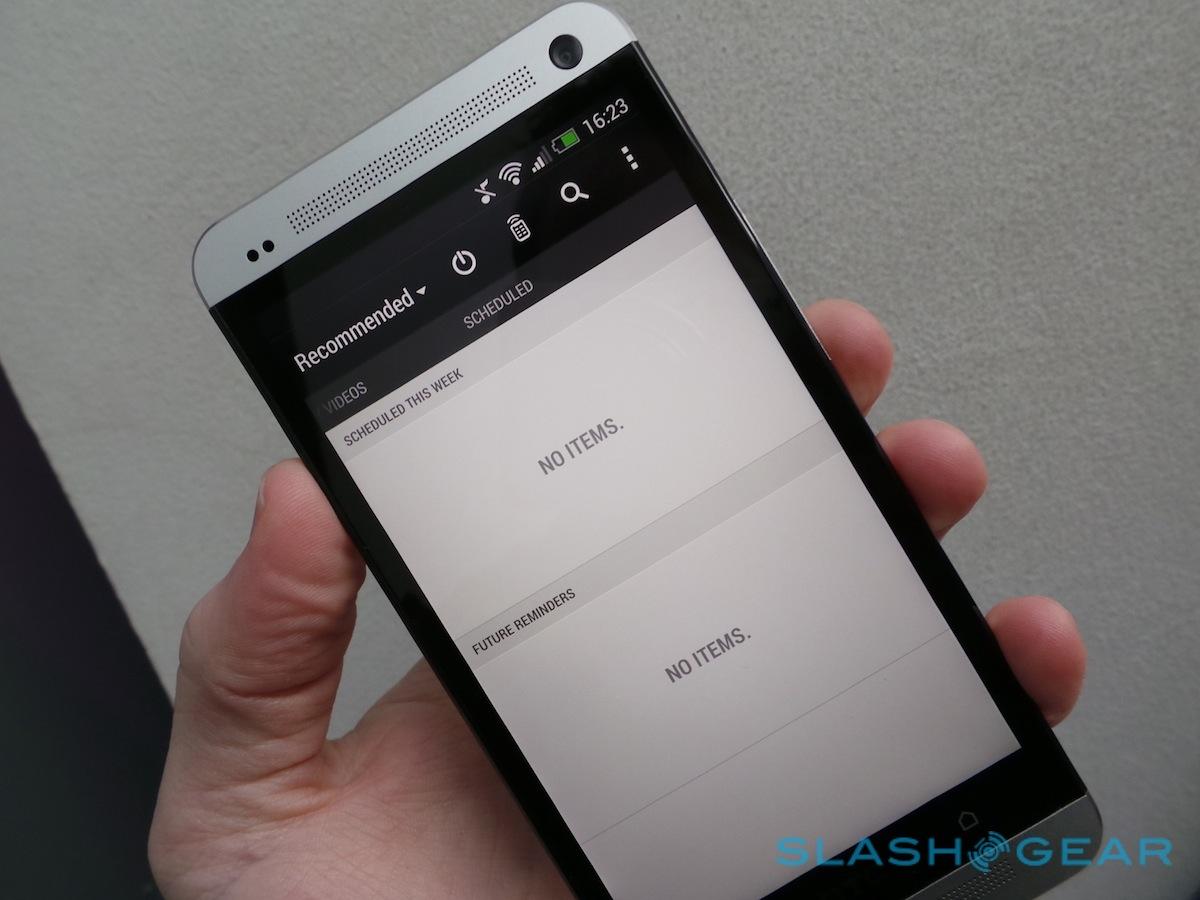HTC One hands-on: Sense 5, BlinkFeed and TV
If the 4-megapixel camera is HTC's big play with the One's hardware, HTC BlinkFeed is its big software play on the new flagship. A new homescreen for Sense 5, BlinkFeed works as a smorgasbord for "snackable" content – as HTC envisages it, the sort of instant gratification people are looking for when they whip their phone out in an idle moment. That happens more often than you might think, too; HTC's research among its own users found they woke their phone up a couple of hundred times a day. Read on for full details and our first impressions, plus more on Sense 5 and the new universal remote TV app.
BlinkFeed works like Flipboard, collating content from online news sources, social networks, and apps on the phone into a single timeline. At first we were concerned that it would be just another FriendStream – which was an interesting attempt to bring together Facebook, Twitter, and Flickr updates, but inevitably lost out to the native apps – but HTC is keen to stress that it's merely a launching point: news stories open in the browser (though HTC tells us it's working with content providers to enable opening links in their native Android apps, where available); Facebook links in the Facebook app; Twitter links in the Twitter client. So far there's no way to change from the default apps – annoying if you're one of the many unimpressed with Twitter's own software for Android – though, again, that's in the pipeline.
There's a combination of local and server-side processing going on to make BlinkFeed work smoothly. HTC is sifting through 1,000s of content providers in each geographical region – One owners will be able to pick either which categories they want to see, or which providers, or both – with display order using a mixture of chronology and an algorithm that spots interesting or important stories to include. Only the image and the headline is downloaded initially, to save data (BlinkFeed also favors against articles with no image), though HTC is working on offline caching for those times you're in the mood for a data snack but don't currently have service.
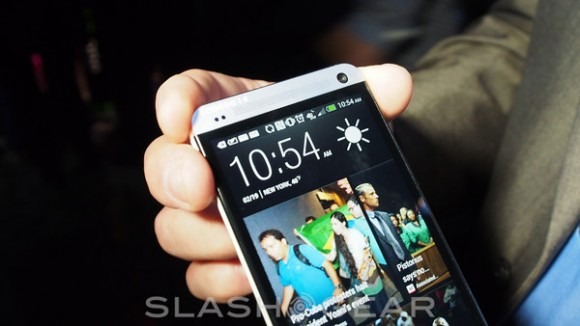
Like Zoe photography, BlinkFeed has some glaring gaps in its launch version. Google+ content isn't included – Facebook, Twitter, LinkedIn and Flick are – and neither are Google Now cards and suggestions. HTC is working on the former and says it "would like [BlinkFeed] to" feature Google Now eventually, though it's not clear how quickly that might happen. There'll be an SDK for third-party apps to push their content into BlinkFeed, though no way for the user to add their own RSS subscriptions, at least at first. HTC has built a special landscape orientation layout of BlinkFeed, for when the One is wirelessly streaming content to a TV through an HTC MediaLink, but on the phone itself it only shows up in portrait orientation.
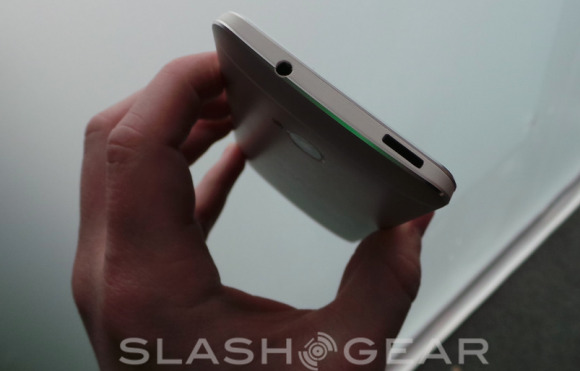
Of course, BlinkFeed isn't the only change to Sense in version five. While it's the new default homescreen, you can also set a more traditional Android desktop as your point of origin, though HTC tells us its research suggests the widget-filled span of panels it thought people were using isn't actually so common. In fact, 35-percent of people apparently only use a single home panel, while 80-percent customize their homescreen during the first month and then never subsequently change it. The weather, clock, and a music control are the only really commonly used widgets, HTC discovered.
So, the One has two desktop panels by default (though you can add more) and HTC envisages users spending equally as much time in the app launcher, which now includes a weather widget and a choice of 3x3 or 4x5 grid layout. Folders are included, and indeed HTC's pre-configuration of the One will organize all the preloaded apps into just two app launcher panes. There's also been some behind-the-scenes work with carriers, to try to limit how much bloatware they add to the One; if HTC's negotiations go as intended, all the carrier apps will be at least corralled into a single folder out of the box.
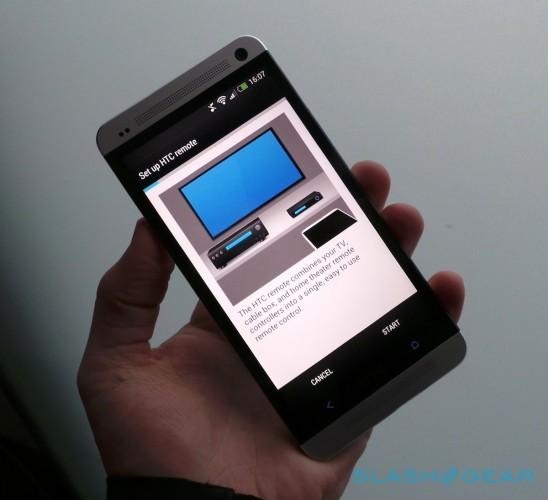
Everything else has been given a refresh too. The old tabbed interface language has gone, replaced by side-swiped panes that fit in with Google's own pivot guidelines, and HTC has sliced away some of the less-used buttons so as to keep the UI cleaner. Interestingly, if you haven't tried one of the new headline features – such as Zoe photography – the One will be able to suggest you give it a go, by sliding a notification into BlinkFeed. The keyboard still uses XT9 prediction, but the layout is tidier, with less space between the keys; there's also a new lock screen which can by unlocked by either sliding up the lock icon itself or the time masthead. You can still jump directly into one of four apps by pulling up the shortcut icons along the bottom row.
What the lock screen doesn't get is BlinkFeed content, though HTC hinted to us that it might make an appearance there one day. Nor can you get to Google Now without unlocking the phone, though access is allowed to the camera (to take photos, not review them or do anything else). Pressing and holding the power button allows you to switch into "kid mode" powered by HTC acquisition Zoodles. For drivers, there's a new Car Mode with a more intuitive, finger-friendly UI, simplified dialler, and stripped-back music player. HTC will offer a passive car cradle for the One, which clings via suction to the windshield (and has a simple hole to give access to the phone's microUSB port).
HTC is also particularly proud of its new online setup system, replacing the original – and under-utilized – Sense Online service. The company's thinking is simple: an increasing number of phones are bought online, and so now new customers will be able to begin setting up their handset straight after clicking "purchase" rather than having to wait for the delivery to show up.
It's a comprehensive system from the outset, with the ability to set up feeds for BlinkFeed, bookmarks for sites, pick different apps and games (all of which download through Google Play, so that future updates will work as normal), and other settings. Since that could be overwhelming to some, HTC has bundled select packages of apps and content into "Starting Points" such as if you're planning to use your phone for work, or with your family. There are instant previews of what the BlinkFeed will look like with those particular settings, and you can even set ringtones or make your own, uploading an MP3 and then clipping out the section you want.
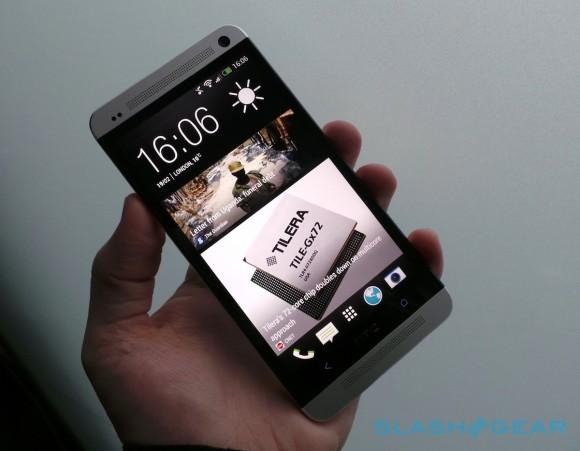
Rather than demand an HTC account be specially created (though you can do that, if you prefer), HTC is using Facebook Connect so that owners can log in via their existing social network credentials. When your new One finally arrives, you simply punch in that username and password during the wizard, and everything is installed as per your web arrangements. It works in tandem with a new version of HTC Sync Manager, which can now pull in contacts, calendar entries, photos & video, non-DRM music, and bookmarks from your most recent iPhone backup in iTunes; for Android devices, it can suck out contacts, calendar, SMS, photos & video, non-DRM music, bookmarks, and (select settings). HTC is struggling to get the same access with Windows Phone, however, and right now – just as with feature-phones – you can only transfer your contacts via a Bluetooth connection.
The flip side of the new setup system is backup, which HTC says can be set to run daily (over a WiFi connection) automatically, or alternatively manually when the user prefers. Rather than store photos and video – which, HTC told us, are generally well catered for with online gallery services – the new backup system focuses on the rest of the customizations owners tend to make. So, all of your BlinkFeed settings are stored, as well as the app grid layout (complete with folders), alarms, wallpaper, native and third-party widgets, the user dictionary, apps, and over 150 settings (more than 80-percent of which are HTC-specific).
They all get encrypted on the One before being pushed to either Dropbox – you get 25GB of free space for two years when you activate the phone – or, if you're in China, Sina web storage. HTC is still looking at ways to backup individual app data and Zoe content, which are currently left out.
Then there's the TV app, which uses the deeply clever hidden IR blaster discretely integrated into the power button on the top edge. The app itself is powered by Peel, which we've also seen preloaded on select Samsung tablets: after you run through a setup wizard, telling the app which area you live in, what type of TV service you get – DirecTV, cable, free-to-air, etc. – and what TV you have, you get a BlinkFeed-style page of currently-playing shows, a single tap on which switches to that channel.
If you leave the app running, picking up the phone automatically unlocks it so you can flip channels again (rather than demanding you manually unlock it and punch in your PIN; if you have a PIN set up, as with the camera app, you only get access to the TV app in that case). A shortcut is added to the Android notifications bar, too, with buttons to flip to what shows you've been watching recently, plus quick access to mute, power, opening the full remote, and more.
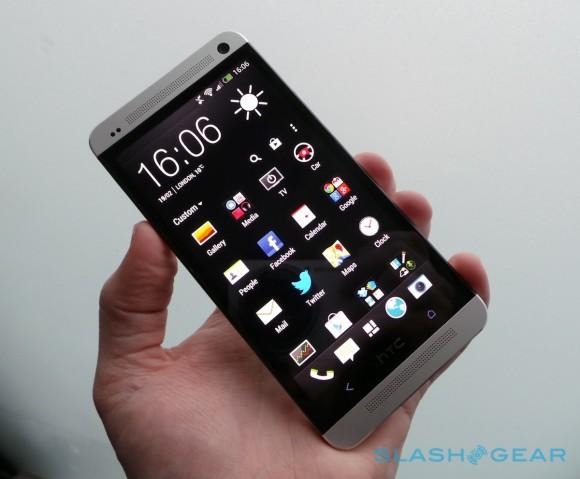
As universal remotes go, it's pretty flexible, certainly for the basics. The tutorial section – if your TV is recognized – is swift, but programming non-default sets is a case of a few button presses, since the IR blaster can also learn from your existing remote. Each of the show thumbnails has a discrete progress bar along the bottom, indicating how much is left, and you can either tap in and see more information, or swipe to the next pane and see what's coming up next. Search is supported, too, and you can dig into the settings and optionally choose which channels show up and which are hidden; if you favorite a show, the TV app will push a notification into BlinkFeed next time a new episode is coming up, and those shows and channels are automatically prioritized in the lists.
Nonetheless, it's still early days. The TV app doesn't know what's on your TiVo or other DVR, so you can't see recorded options alongside live shows, and for the moment – though HTC tells us it's working on it – there's no intelligence around the placement of shows and channels. They only get prioritized if you manually favorite them: the app won't learn from your viewing habits, and it won't make Netflix-style suggestions based on your viewing history.
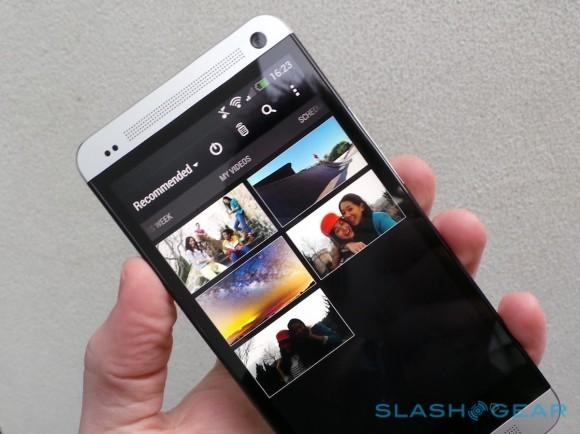
Speaking of Netflix, the on-demand integration could also do with some work. In fact, Netflix isn't even supported at present – HTC is still working with the company to include it – but you do get Hulu, Crackle, and HTC Watch, among some others. It's all a bit more klutzy than changing channels on your cable box, however: if you have an HTC MediaLink, you can have the TV app switch you automatically to whatever on-demand show you've selected, but otherwise tapping it opens playback locally on the One itself. HTC tells us that select media boxes will also switch over, but it's not entirely clear which will support the system and which won't.
HTC has high ambitions for TV, however, and has said it will be pushing out updates to refine the experience. It'll also be opening up the hardware to third-party developers: Android lacks a standard IR blaster API, so HTC is cooking up an SDK of its own instead. The company will also be contacting select developers to try to promote that SDK when it's available.
Overall, though, this is undoubtedly the best version of Sense we've seen on an HTC device, and in a way it takes us some way back to the original premise of the software. Not just a reskin of Android, as it had become in its more recent iterations, but delivering new apps and features, and actually attempting to streamline elements of the phone experience into something that delivers more everyday usability.
Whether it succeeds at that will depend on how committed HTC is to progressively refining the software. That's where the company has fallen flat before – remember OnLive integration, or the old Sense Online? – though the ability to make piecemeal app upgrades should help there, assuming the engineers do their job. If HTC can be as responsive as third-party developers then the native apps on the HTC One could end up staying the course.

